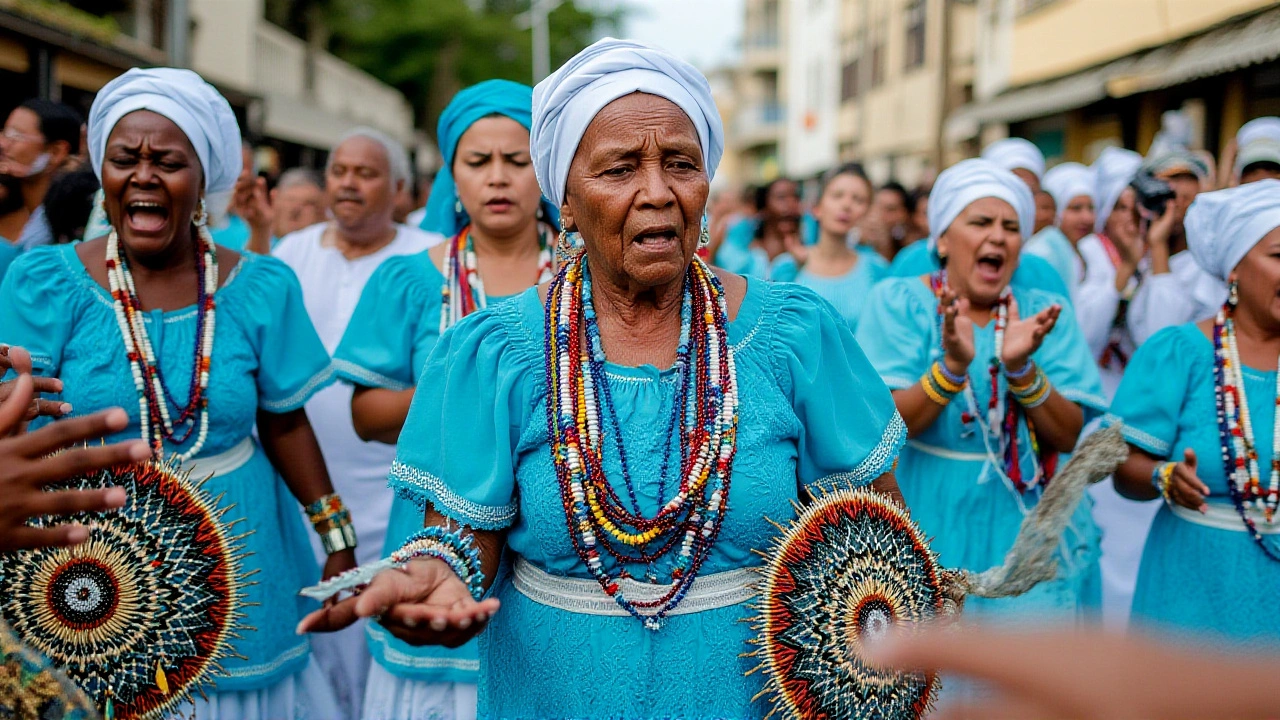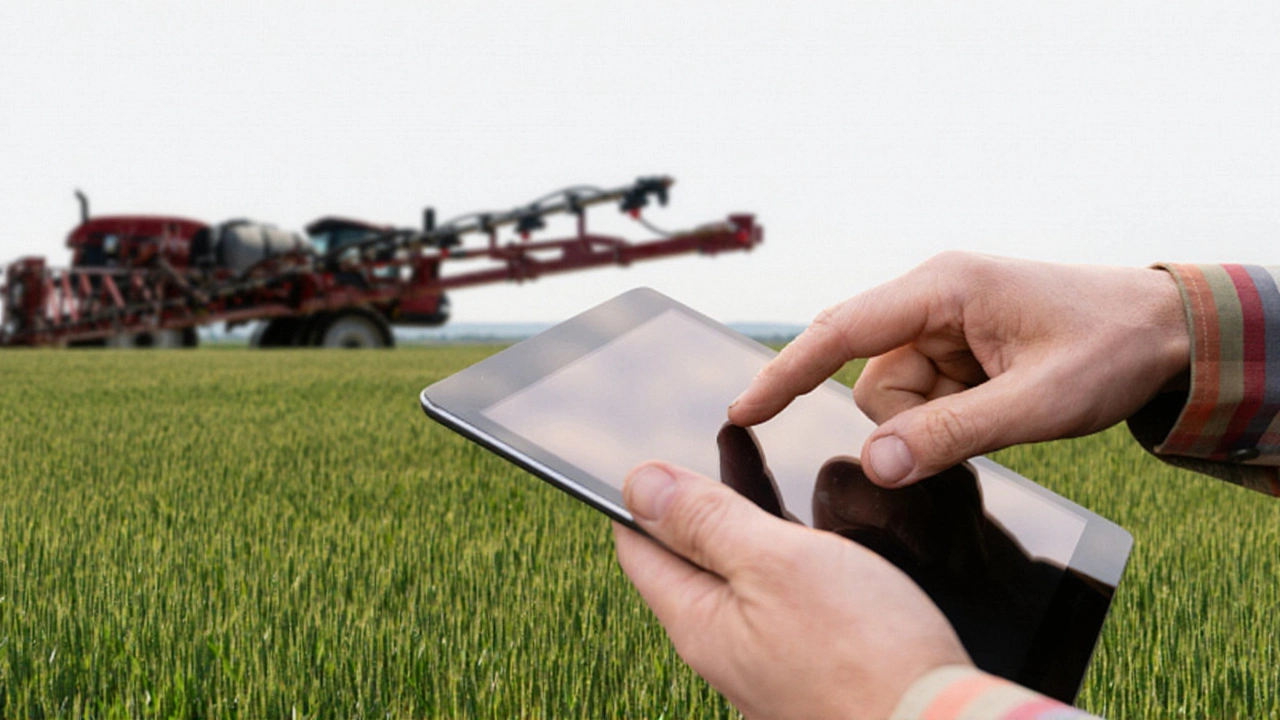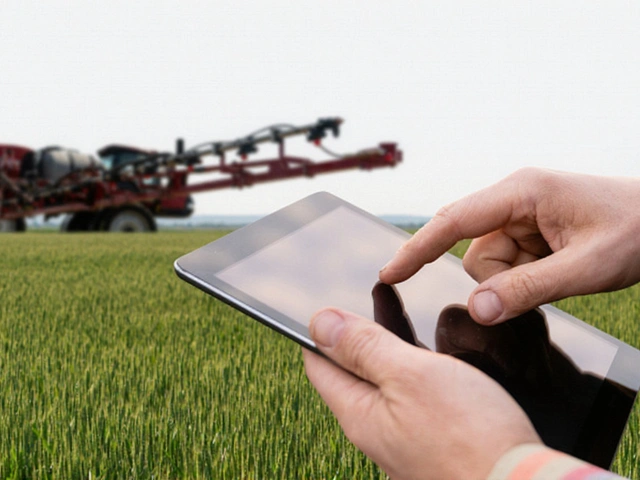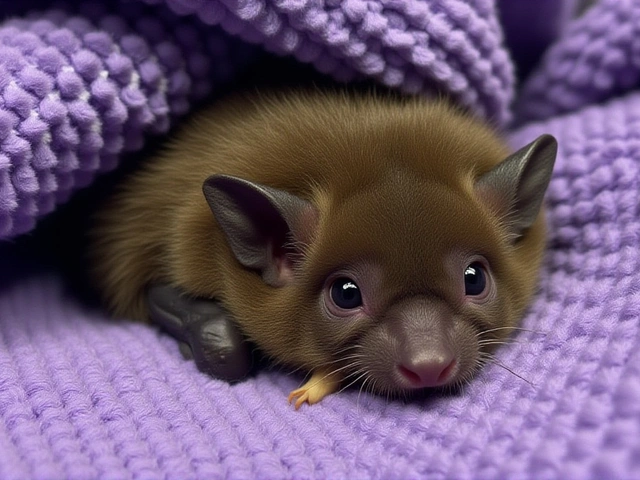When Brazil's Ministry of Agriculture and Livestock rolled out its Electronic Platform for Agricultural InnovationBrasília on October 10, 2025, the nation’s agri‑tech ecosystem suddenly had a single‑pane window into funding, research, and market opportunities. The launch, held at the ministry’s headquarters in the Federal District, was marketed as a “launchpad and showcase” for everything from drone‑mapping startups to multinational investors looking to tap Brazil’s sprawling corn and soy belts. The twist is that the platform isn’t just a static directory – it offers AI‑powered analytical tools, multilingual access, and customized navigation for startups, investors, and research labs alike.
Why Brazil Needs a Digital Innovation Hub
Brazil already accounts for roughly 25 % of the country’s GDP, thanks largely to agriculture. Yet more than 80 % of its 5 million farms are smallholder operations, many of which lack the digital know‑how to squeeze every drop of water or gram of fertilizer out of their fields. Here’s the thing: a recent IBGE Agricultural Census (2023) showed that only 12 % of those farms use precision‑ag tools regularly. The new platform is designed to bridge that gap by connecting cutting‑edge startups with the very producers who stand to benefit most.
Funding trends add urgency to the push. According to data from AgFunderNews and The Brazilian Report, ag‑food‑tech fundraising surged to US$76.8 million in the first quarter of 2025 – a 32 % jump from Q4 2024 and an 85 % rise on a year‑over‑year basis. Over the same period, Brazilian ag‑tech firms collectively secured more than BRL 1 billion (about US$177 million) in 2024, a figure highlighted by consultancy Liga Ventures as the sector’s second‑largest funding year ever. Those numbers matter because they illustrate a market that’s humming, waiting for a digital conduit to turn research into real‑world impact.
What the Platform Actually Offers
- AI‑driven matchmaking that pairs investors with startups whose technology aligns with regional crop challenges.
- Real‑time satellite and drone data feeds, enabling farms to monitor soil moisture and pest pressure down to the hectare.
- Multilingual dashboards – the platform speaks Portuguese, Spanish, English and French, reflecting the cross‑border nature of modern ag‑business.
- Policy‑lab integration, allowing ministries to test regulations in a sandbox before rolling them out nationwide.
Sixteen Brazilian states have already signed cooperation protocols to feed data and opportunities into the system. Named states include Pará, Mato Grosso, Goiás, Ceará, Bahia, Paraná and Rio Grande do Sul – a geographic spread that covers everything from the Amazon basin to the fertile plains of the South. The remaining six states, while not named in the original release, are expected to join by the end of the year, creating a truly national network.
Voices from the Field
“Agriculture is what changes everything,” said Silvia Davila, President of Latin America for Danone, speaking at the World Agri‑Tech South America Summit in São Paulo last June. “Creating a sustainable ecosystem means policies, incentives and responsible water use must all work together.” Davila’s remarks underscore why the ministry is pushing a platform that blends tech with policy.
At the IICA Digital Agriculture Week, Federico Bert, Manager of IICA’s Digitalization of Agrifood Systems Program warned that coordination is key. “Digital transformation requires knowledge and action,” he told an audience of farmers and fintech founders. “These events are tangible spaces to identify barriers and share experiences.” His comments line up with the platform’s goal of turning isolated pilots into scalable solutions.
Local startups are already feeling the buzz. Ana Costa, CEO of SoilSense, a São Paulo‑based firm that uses AI to predict nitrogen needs, said the platform “gives us a direct line to the banks and to the ministries that fund field trials. It’s the fastest way we’ve ever gotten a demo farm approved.”
Broader Impact on Brazil’s Agri‑Economy
Beyond individual deals, the platform could reshape Brazil’s export profile. By lowering input costs and boosting yields, smallholders stand to increase their output without expanding into new forested areas – a critical step for meeting both domestic demand and international sustainability standards. Environmental groups have praised the precision‑ag focus, noting that targeted fertilizer application can cut nitrogen runoff by up to 40 %.
Economically, the platform may help cement Brazil’s lead in Latin America’s ag‑tech funding pool – a 55 % share in 2024 despite the country representing only 1.5 % of global ag‑tech investment. If the digital hub succeeds, foreign venture capital could flow even more freely, potentially turning Brazil into a “Silicon Valley of the fields,” as some analysts have begun to joke.

What’s Next for the Digital Platform?
Next up is the 2025 Digital Agriculture Week, scheduled for September 22‑25 at IICA headquarters in San José, Costa Rica. The event will showcase pilots that have already been incubated on the platform, from low‑cost sensor kits for beans to blockchain‑based traceability for coffee growers. Expect a flurry of press releases, investor roadshows and, likely, the first round of public‑private funding agreements.
In the medium term, the ministry plans to integrate the platform with Brazil’s existing e‑agro marketplace, originally launched by Bradesco in 2023. That marketplace already moved over R$1 billion in rural credit and cut contract lead times by 70 %, proving that digital finance can move at scale in the sector. A seamless link between credit, data and innovation could turn the platform into an end‑to‑end ecosystem for anyone looking to farm smarter.
Historical Roots of Brazil’s Agri‑Tech Journey
Brazil’s digital agriculture story didn’t start in 2025. The country’s first major foray came with the launch of Bradesco’s E‑agro marketplace in 2023, a platform powered by the FICO decision engine that democratized access to credit for small farms. That initiative paved the way for today’s more ambitious effort, demonstrating that government‑backed digital tools can achieve high adoption when paired with clear financial incentives.
Earlier still, in the early 2000s, Brazil’s Embrapa research agency began piloting satellite‑based drought monitoring. Those early experiments formed the technical spine that now powers the AI‑driven analytics on the new platform. In short, today’s launch is less a flash in the pan and more the latest chapter in a decades‑long saga of blending science, policy and market forces.
Frequently Asked Questions
How does the platform help smallholder farmers?
The platform matches small farms with fintech solutions that offer low‑interest credit, provides AI‑driven recommendations for fertilizer and water use, and connects them to research pilots that test new seed varieties on a regional scale. By lowering the cost of data and financing, farmers can boost yields without expanding acreage.
What role do investors play in the new ecosystem?
Investors gain a curated pipeline of vetted ag‑tech startups, complete with market data and impact metrics. The AI matchmaking engine surfaces opportunities that align with each investor’s risk profile, while the platform’s policy sandbox lets them test regulatory scenarios before committing capital.
Which states have already signed up, and why does that matter?
Pará, Mato Grosso, Goiás, Ceará, Bahia, Paraná and Rio Grande do Sul are among the first fourteen states to sign protocols. Their participation brings diverse climates and crops into the data pool, ensuring the platform’s tools are tested across Brazil’s full agricultural spectrum – from Amazon soy to Southern wheat.
What upcoming events will showcase the platform’s early successes?
The 2025 Digital Agriculture Week in San José, Costa Rica (September 22‑25) will feature demos from startups that have secured pilot funding through the platform. Additionally, the World Agri‑Tech South America Summit in São Paulo will hold a dedicated session on digital policy integration.
How does this initiative fit into Brazil’s broader economic strategy?
Agriculture contributes roughly a quarter of Brazil’s GDP, and modernising it is central to the country’s plan to boost exports while meeting climate commitments. By fostering a digital innovation hub, the ministry hopes to attract foreign direct investment, improve farm productivity, and reduce environmental footprint – all pillars of Brazil’s 2030 economic roadmap.






Post A Comment